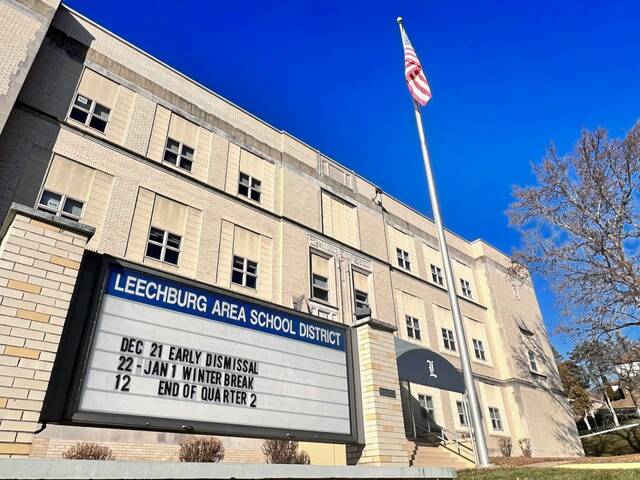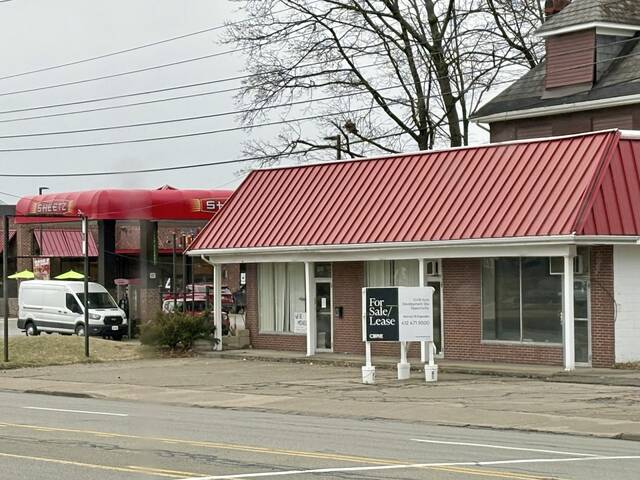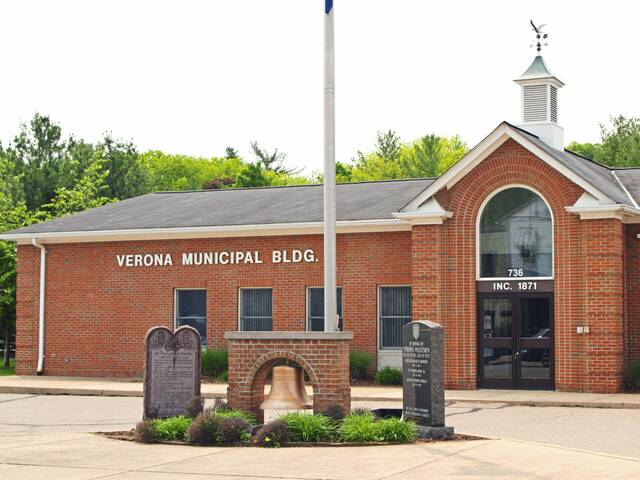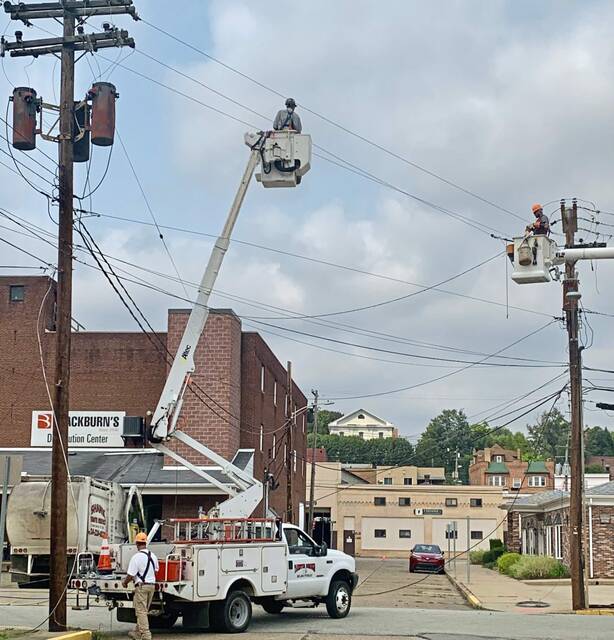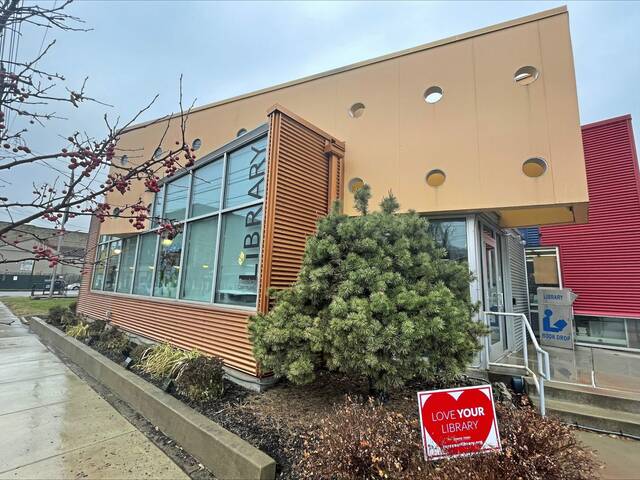During Leechburg Area school board’s proposed budget presentation in March, board members were put on the spot when West Leechburg residents demanded a new tax structure.
“We were alerted by the taxpayers that (the consistent school tax hikes) are unacceptable and we wanted to follow their lead,” said Leechburg Area Superintendent David Keibler. “We work for them as a school district, and we’re trying to accomplish our goals within our budget.”
West Leechburg residents have consistently complained to the board that they are being hit with increases in their school taxes each year. But board President Ashley Coudriet said the board has not raised taxes since the 2018-19 school year. She blamed the raises to a formula supplied by the State Tax Equalization Board (STEB) that tries to equalize the tax burden for all property owners.
“When I took over in February, STEB is something we’ve heard about over the last few years,” Keibler said. “I didn’t really have a background on what STEB was.”
The equalization board was initially created in 1947 to compensate for the lack of assessment uniformity among counties. The board’s main function is to determine the aggregate market value of taxable property in each political subdivision and school district. It also uses a formula to calculate the Common Level Ratio for each county, which is the ratio of a county’s assessed values to the actual market values of the properties in the county. The ratio is used to convert fair market values into assessed values for property tax appeals.
Leechburg Area, a district with fewer than 700 students, includes West Leechburg in Westmoreland County and Armstrong County’s Leechburg and Gilpin. The tax rate in West Leechburg is 143.65 mills, more than twice the rate of 70.54 mills in Leechburg and Gilpin. The difference is common for school districts that cross county lines.
Because properties are assessed at different rates in different counties, districts that cross county lines are required to use the equalization formula. Keibler said the formula is hurting more than helping.
To try to balance the difference in mills, Keibler has been looking for large property sales in Leechburg and Gilpin from the past couple years that weren’t reassessed and has filed appeals to try to even out the ratio for the equalization formula.
“We found some properties that were not counted,” Keibler said. “In July, we’ll appeal them and it’ll add to (the tax revenue).”
When Armstrong County last reassessed its properties in 1997, most assessed values increased. The assessed value of a property is the dollar value to which millage rates are applied, creating the tax bill for owners.
“It would come to us in the form of an appeal and we would review it and determine if it was a valid sale or not,” said Cathleen Beere, chief assessor of Armstrong County. “There’s a whole list of things that can make a property sale invalid – if it’s a family transfer, if it’s not on open market, if the sale includes personal property or equipment. We have different things that we look at when we’re determining if something is valid or not.”
Assessment disconnect
But Westmoreland County has not reassessed properties since 1972, meaning average assessments there are lower. Because of that, the school district has to tax property at a higher millage rate to ensure they are paying roughly similar tax bills.
“The ratio county millage affects everything and there’s inequality at play,” said Camdon Portefield, chief assessor of Westmoreland County. “It is beyond time for Westmoreland to catch up with the current market. Right now, it’s hurting more than it’s helping that we’re not doing a reevaluation. There’s a lot of misconceptions about reassessment. If you do it correctly, it doesn’t have to be a political football.”
The median assessed property value in West Leechburg is about $18,000. In Gilpin and Leechburg, the median assessed value is about $33,000.
Under current tax rates, the owner of a home at West Leechburg’s median assessed value owes about $2,600 in school taxes, while the owner of a median-valued home in the Armstrong County portion of the district pays about $2,300.
Keibler said he is a part of a movement to gather the almost 90 Pennsylvania school districts that equalization affects to hopefully get action from legislators to make it optional when making the annual district budgets.
“Not everybody signed on before, so we’ve been continuing to work with all the school districts already on board,” Keibler said. “We’ve met with Representative (Abby) Major (R-Leechburg). We’ve met with Senator (Joe) Pittman (R- Indiana). We’re just trying to dig in and figure out how we can make this change.”
Challenges occur
Brad Walker, director of finance and operations for Freeport Area School District, deals with equalization regularly. The district includes Buffalo Township in Butler County and South Buffalo and Freeport in Armstrong County. The school district challenges the market value data published by the equalization board annually, he said in an email.
He said that from the 2013-14 school year, the total market value has shifted from 32.52% in Armstrong and 67.48% in Butler, to 25.15% and 74.85% respectively in 2024-25 school year.
“(The school district) has supported the resolution urging amendment of School Code Section 672.1 being led by the Pennsylvania Association of School Business Officials in efforts for an additional option to the 672.1 real estate tax reporting process,” Walker said in an email.
The amendment or appeal would allow multi-county districts to follow the same mandates that single county school districts do, and operate without a mandated annual reassessment to “balance” requirement, and use “common sense available data” for uniformity in levying cross county tax mills.
Single county school districts follow Act 1 tax increase restrictions.
Walker said the rebalance structure that’s part of the equalization process has annually yielded higher millage rates in Buffalo Township in Butler County. Freeport Area school directors passed a preliminary budget for the 2024-25 school year that does not include a tax raise. However, due to the STEB formula, Buffalo Township residents will see a raise in millage.
Beere said the Armstrong County assessment office deals with eight different school districts, the majority of which are split between counties. She said that some municipalities that her office works with are split as well.
For equalization to become optional for districts that are split between counties, legislators would have to agree to change state law. The Pennsylvania Department of Education would also weigh in on the matter considering the department and equalization board work hand in hand for the budget formula and spreadsheet that automatically incorporates the formula in annual budget calculations, Keibler said.
“I just want them to give us a check box that means we’re not interested in using STEB,” Keibler said. “That way, if we raise taxes to increase revenue, then the taxpayers can come and talk to me about it and I can answer their questions. Right now, they’re asking me questions about something that three guys on a commission board set in stone.”
Historically, the district had two options for their required use of the rebalancing formula. The first option is projected to decrease Armstrong County’s median home tax by $80. Which, in turn, raises Westmoreland County (West Leechburg residents’) median home tax by $257.
The second option is projected to increase Armstrong County median home tax by $345 which would decrease Westmoreland County (West Leechburg residents’) median home tax by $1,132.
Though neither option is ideal, Coudriet said that the board has historically selected the first one.
In an effort to temporarily ease the burden of West Leechburg residents’ tax bills – they were hit with a triple tax increase this year: from the formula, borough tax increases and a county tax raise – Keibler said that the district has worked out a way to give Westmoreland County residents a tax rebate.
“The Homestead Act increased by $70 this year in both Armstrong and Westmoreland Counties,” Keibler said, “What we’re looking to put into our final budget is a rebate to give Westmoreland County residents — their entire remaining tax increase back (after they receive approval for the Homestead Exclusion Act) this year. This will buy us another year to work with the state to try to figure it out.”
Under a homestead or farmstead property tax exclusion, the assessed value of each homestead or farmstead is reduced by the same amount of money before the property tax is computed. This rebate will come directly out of the district’s budget. In total it will equate to about $66,000 out of the $16.4 million budget.
“We can’t continue to raise taxes on our residents,” Keibler said.


